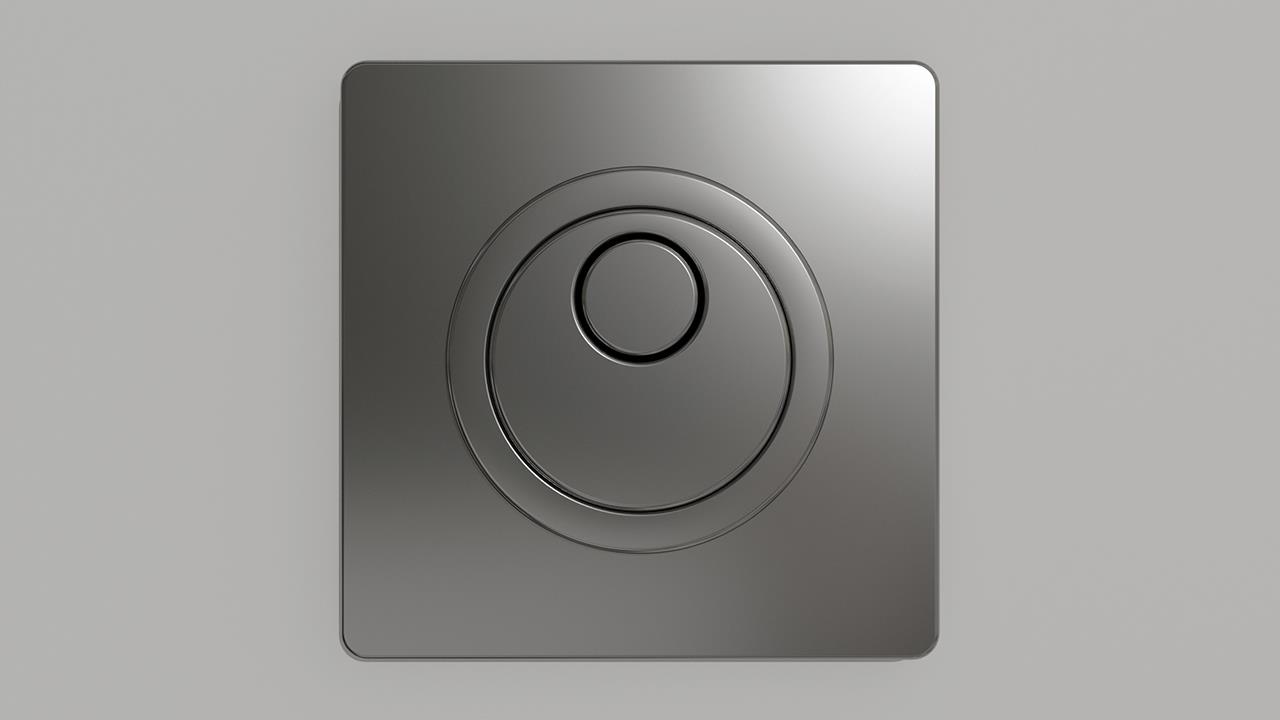

Toilet manufacturers should perhaps rethink the design of their dual flush buttons. Research conducted by the team at WRAS (Water Regulations Approval Scheme) showed that, depending on design, as many as eight in 10 people are inadvertently wasting water and flushing money down the drain by pressing the wrong flush button; whether due to the buttons not being easily identifiable, or no clear markings.
Dual flush toilets were introduced to help people use less water in their own homes, and in commercial premises. For example, two litres of water are saved every time a smaller flush is used over a larger one.
In theory, dual flushes are a brilliant aid to help consumers save money and water. However, with the cost of living on the rise, those with a water meter may be unintentionally costing themselves more money when they are wishing to save.
The study found that many Brits are confused by the way dual flush buttons are designed.
WRAS created 18 typical dual flush designs and asked 2,000 people to identify the short flush buttons. This study focused on buttons, however there are other ways to operate flushes, such as levers and non-touch sensor-operated controls.
Over half of respondents incorrectly identified the short flush in five out of the 18 designs. In the worst example, 80.5% of respondents selected the wrong button. It’s not hard to see why when some designs, like the one shown above, are not very clear.
Even the best designs were not 100% understandable. Every single one of the designs presented in the study confused at least some of the people who took part. The WRAS study showed that people up and down the country are unconsciously wasting precious water at a time when conservation should be on the top of everyone’s agenda.
The research did highlight which types of button designs were more effective in explaining dual flush options:
It’s worth noting that manufacturers include instructions with their systems. Although this meets regulations, there is a risk that instructions or labels won’t be installed, meaning people miss out on the potential benefits of dual flush systems. The results of the survey show it would be better if these are permanently marked on the WC button.
There are some good designs out there, with manufacturers playing their part in helping people save water, but more still needs to be done.
If you'd like to keep up-to-date with the latest developments in the heating and plumbing industry, why not subscribe to our weekly newsletters? Just click the button below and you can ensure all the latest industry news and new product information lands in your inbox every week.